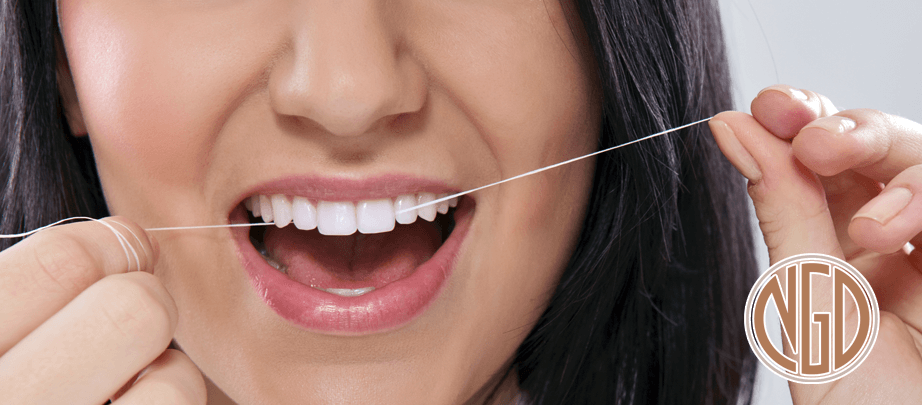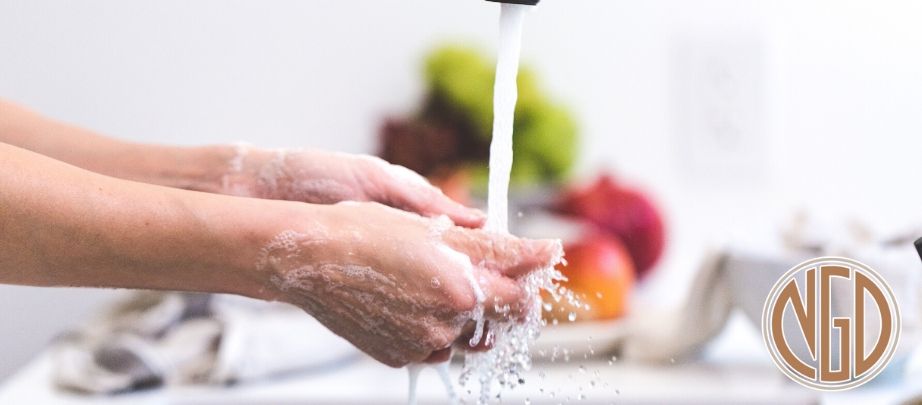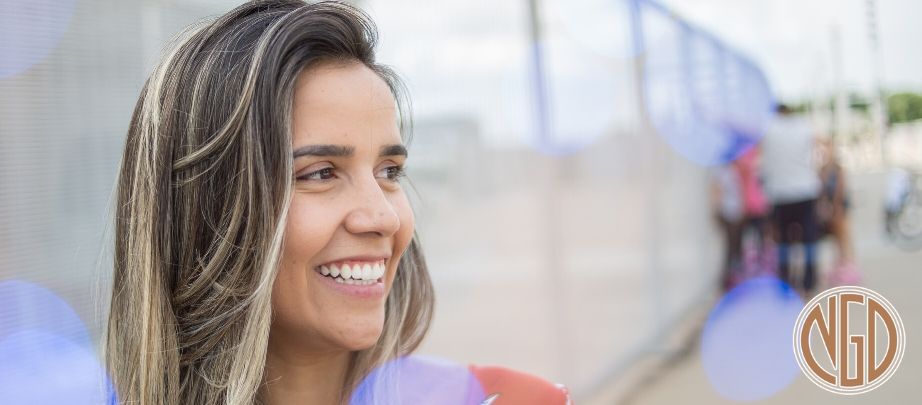5 Steps to Flossing Flawlessly

Do you floss every day?
No… why not? Yes… are you lying?
The most common advice that any medical dentist will give you is this: brush and floss every day. Most people can barely keep up with brushing properly every day. Especially since “brushing properly” requires using fluoride toothpaste for 2 minutes or more while reaching every tooth. In fact, only 30% of Americans report that they floss regularly, according to this US News article. Another study showed that about 27% people lie to their dentists about their flossing routine.
Why Flossing is Important
Flossing is an important part of your oral care routine. In order to properly clean your teeth, you must floss at least once a day. This simple process is an easy way to remove plaque from between the teeth and below your gum line, which are both areas that your toothbrush cannot reach.
Plaque is the sticky film that builds up on your teeth throughout the day, and it contains bacteria that can cause cavities and tooth decay. Plaque that is not removed quickly hardens and becomes tartar, which is significantly more difficult to remove.
Types of Traditional Floss
The basic floss you usually see at stores are made of plastic beads that are melted and stretched into long strands. Dental tape is a type of floss that is wider, so it can cover more space for people with gaps between their teeth. Conversely, waxed floss is an option that’s great for anyone with little space between their teeth. The wax helps the floss slide into little crooks and crannies. Spongy floss is made with stretchy fibers for more flexibility and control. If you like a minty, clean feeling, you can also get scented floss to leave your mouth fresher than ever.
Unfortunately, floss is designed to be extremely strong and durable; therefore, it is difficult to recycle. Luckily, there are also many eco-friendly oral care options for floss that you can check out.
5 Steps to Floss Like a Boss
Here is how you can floss effectively:
- Use about 14-18 inches of floss, and hold it tightly with a space of 2 inches between your fingers.
- Use your index fingers and thumbs to place the floss into the spaces between your teeth.
- Guide the floss into a back-and-forth motion, and wrap the floss into a C-shape around the tooth.
- Continue the flossing motion below the gumline (without hurting yourself).
- Repeat between each of your teeth!
Whether you start on your lower teeth or upper teeth, be sure to floss all of your teeth and in spaces where teeth are missing, as food particles can get stuck there too. By following the proper technique for flossing, you can clean out up to 80% of the bacteria in your mouth that your toothbrush does not catch. The dentist can professionally clean your teeth and any hard-to-reach plaque at your routine dental cleaning.
Without proper cleaning, this kind of bacteria can cause cavities, gum disease, receding gums, and tooth loss. On top of that, it can also lead to other health issues such as heart disease.
Top Alternatives for Traditional Floss
If you are interested in alternative methods of flossing because you have braces or another special condition that needs accommodation, there are a few different options available. Ask your dentist if these tools would be appropriate for you.
- Dental Picks: These are pre-cut pieces of floss attached to a pick, so you can conveniently floss with one hand. These picks can’t always reach the same angles as regular floss, so be conscientious of any spots you’re missing!
- Water Irrigation: This is a method of flossing where you use a water jet to flush out the food debris and plaque. Though it’s an investment, water flossing can be a great option for anyone with braces, sensitive gums, or dexterity problems.
- Interdental Brushes: This substitute is a tiny brush that reaches in between teeth to scrape out plaque. Users say it is a gentle and convenient alternative to floss.
Ask your dentist if these tools would be appropriate for you. Whether it’s actual floss or not, the point is to remove harmful bacteria and plaque buildup.
The first step to a brighter and healthier smile is by brushing and flossing every day. Flossing is not too difficult, but it takes time to make it a habit. And once you learn how to floss properly, it’s simple! For more information on how you can floss flawlessly, stop by for a visit at New Generation Dentistry. Our team of dentists in Mission Viejo can show you the proper ways to floss and take care of your teeth at home. Book an appointment online to let us know when you will be stopping by.




